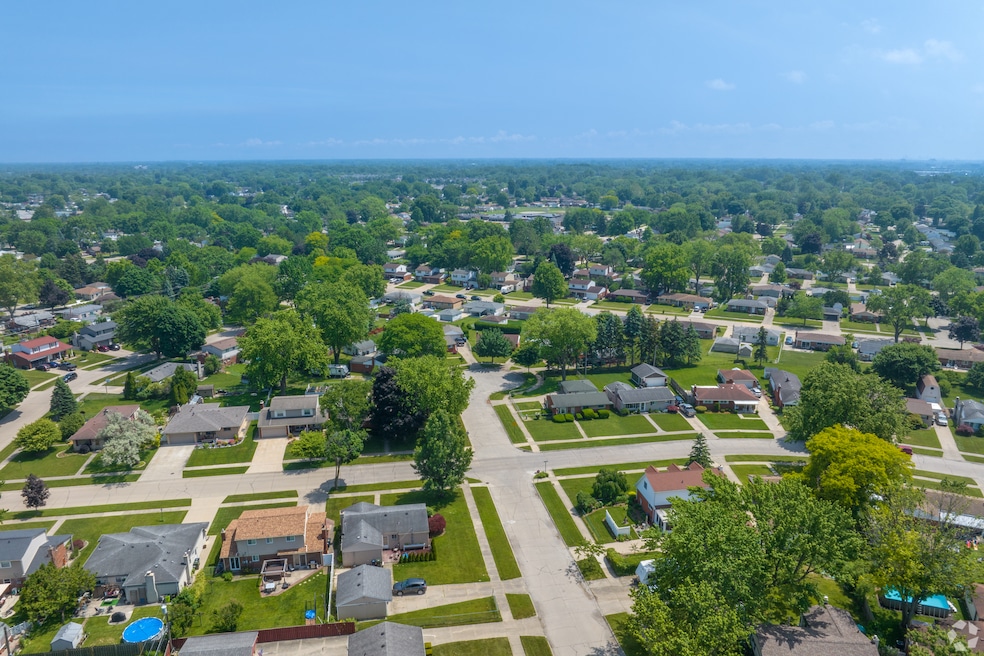Home price growth has slowed dramatically in 2025 — rising at half the pace of last year — potentially signaling a turning point for homebuyers in a long-tight housing market.
Between January and August, home prices grew just 3.5%, according to the latest figures from Homes.com. That’s compared to the same eight-month period in 2024, when prices increased 7%.
As of August, the median price for a single-family property was $389,000 — a 2.4% increase from August 2024. In dollar figures, the median increased $9,000 from a year earlier.
That growth manifested differently across housing types. While detached home prices increased 2.1% compared to last August, townhouses were unchanged and condo prices fell 1.2%.
In other words, yes, home prices are still increasing on an annual basis, continuing a trend that’s been playing out for the past few years. But the speed at which those prices are rising is significantly slower, and the slowdown seems like it’s here to stay for a while.
Lower prices haven't been enough to attract homebuyers — yet
It’s a shift that has implications for homebuyers and sellers alike, especially when combined with other forces at play in the market.
On the one hand, there’s been a big increase in the number of houses for sale. That’s opened up opportunities for buyers — and it has decreased the power that sellers have in setting prices and offloading properties quickly.
At the same time, elevated mortgage rates seem to be counteracting the effects of more inventory, though. Combined with historically high home prices, many buyers say they’ve been boxed out of the market by borrowing costs.
The result? An increasingly gridlocked market has led to homes sitting longer on the market and, in some places, price cuts.
That said, some economists and experts say there are signs that the holdup could soon end. Erika Ludvigsen, national director of residential analytics at Homes.com, noted that an expected interest rate cut from the Federal Reserve could be good news for the housing market.
"The expected Fed rate cut later this month has already been priced in," Ludvigsen said. "Mortgage rates have declined over the past few months, lowering borrowing costs for homebuyers. The lower costs, coupled with rising inventories of homes for sale, may energize homebuying demand, provided the labor market doesn’t weaken much further."
In fact, daily measures of the 30-year, fixed-rate mortgage have hovered around 11-month lows for much of the last week as markets ingest economic data and prepare for the Federal Reserve meeting next week.
Home prices are growing the most in the Midwest
Of the top 40 largest markets Homes.com measured, those in the Midwest and Northeast continued to see the highest price appreciation. In fact, four of the top five markets by price growth — Detroit, Milwaukee, Cleveland and St. Louis — are in the Midwest.
Look to the South or West, though, and it's a different story. Four of the top 40 markets saw prices decline in August — and all four were in the South or West.
Much of that pricing disparity can be attributed to supply — and how it has trended differently across the country, according to Ludvigsen.
"The Midwest’s affordability and tight supply fueled rapid price growth," she said, "whereas oversupply of for-sale inventory in the South and stretched affordability in California pushed prices downward, creating a clear divide in housing market performance.”
In all, home prices fell in a third of the nearly 1,000 metropolitan areas tracked by Homes.com, and 15 of the top 40 largest markets saw a year-over-year price appreciation of less than 1%.

